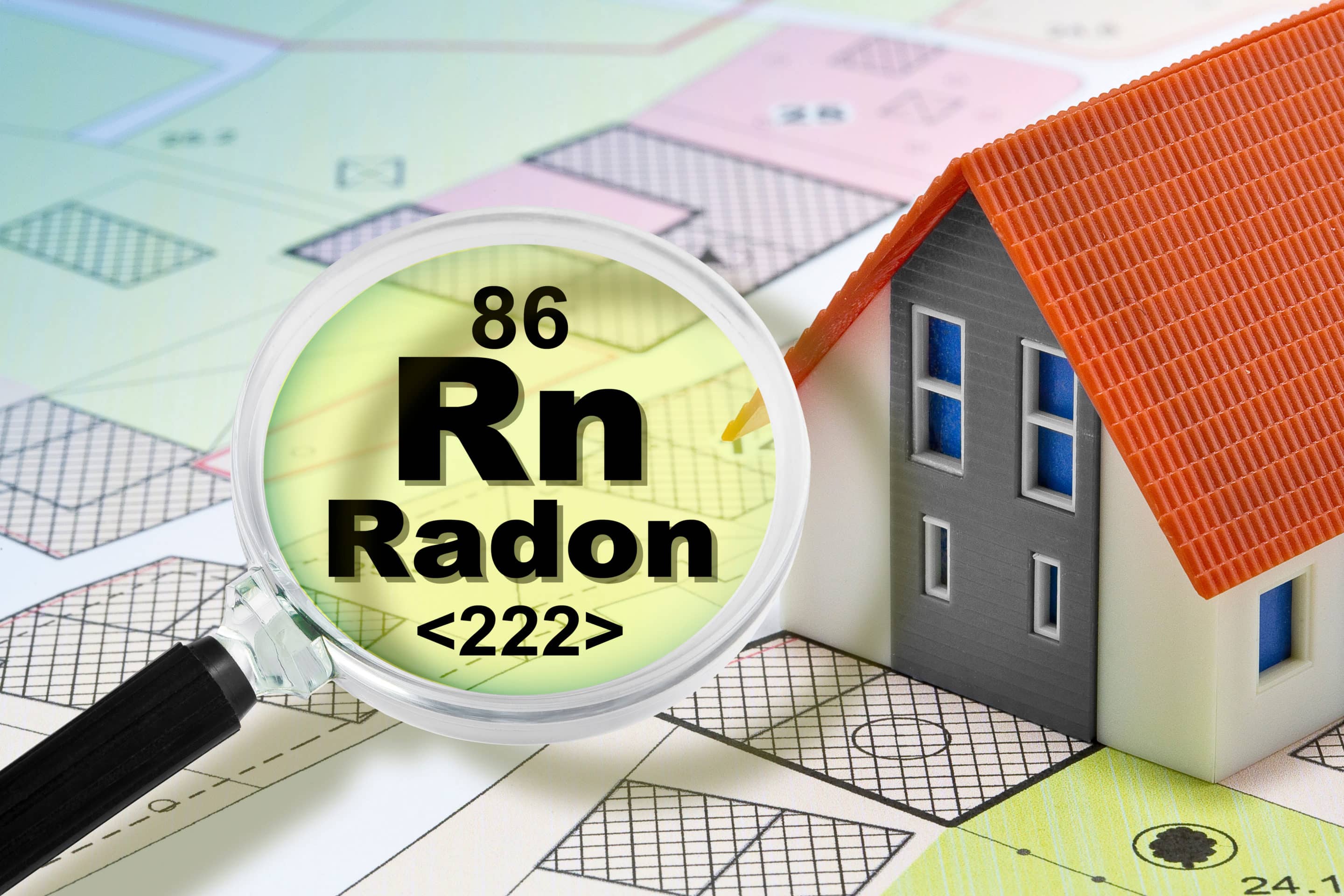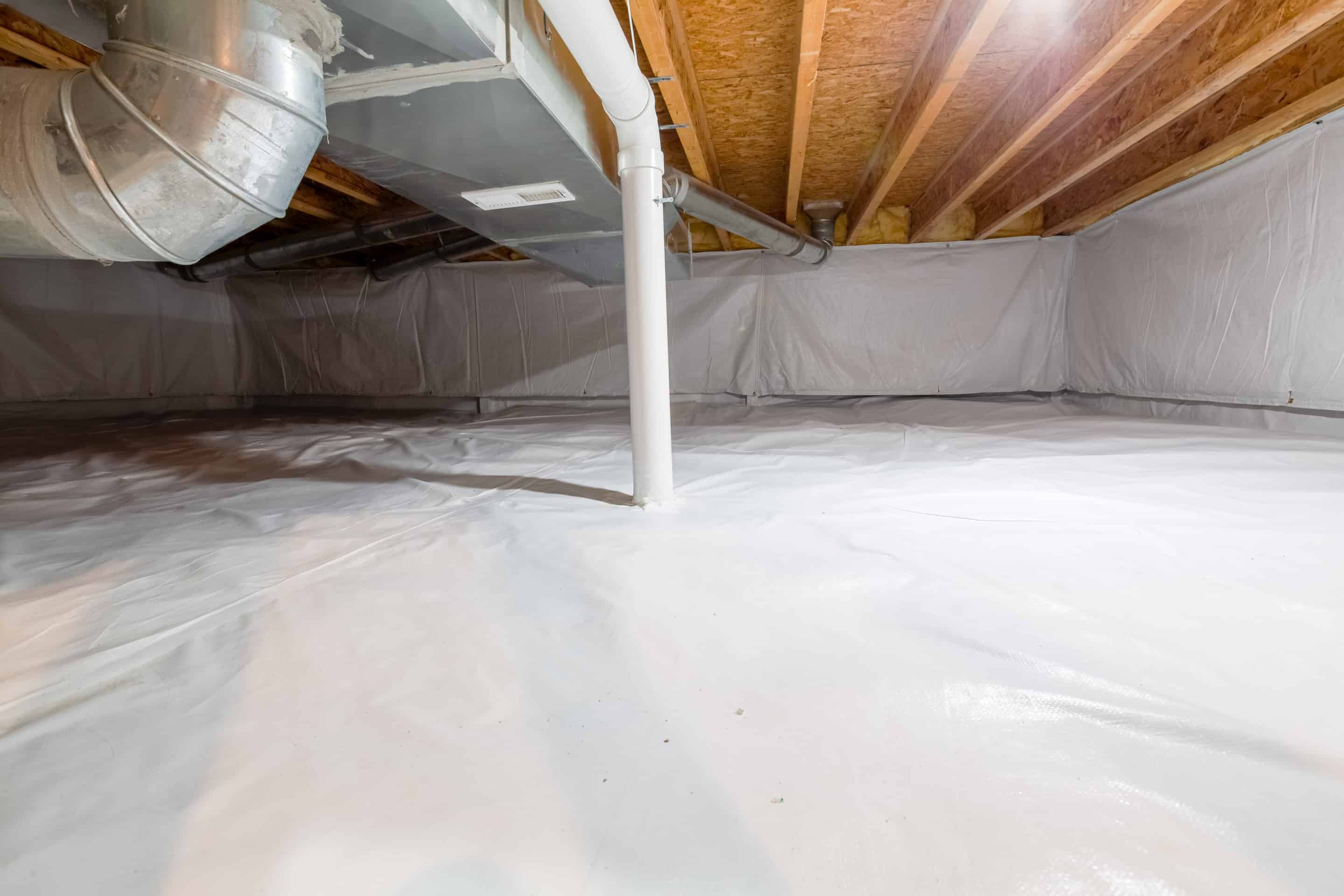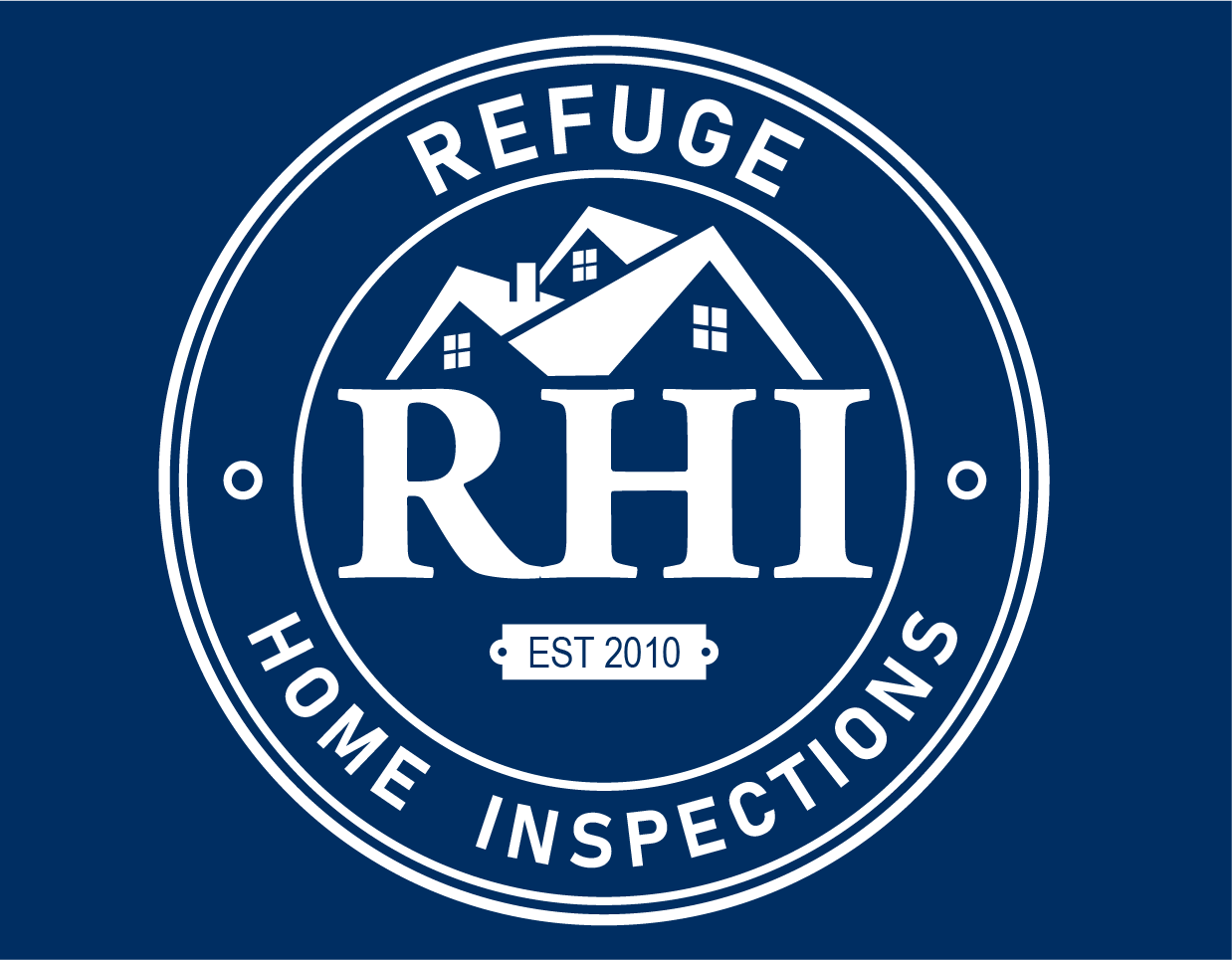RHI Home Inspections has performed thousands of inspections and over the years we have been able to license or certify our inspectors in several ancillary services. One service we can provide is radon testing. We have written other blogs to discuss radon. To learn what it is, click here. To see how we inspect for radon, check it out here. This information will help inform our clients on the aftermath of finding radon. For National Radon Awareness Month, we want to discuss the next steps after radon test results are received, especially if findings confirm high levels in your home. To dive deeper into this discussion, we partnered with a local company that can help provide insight into these steps. We sat down with Greg Orr from Orr Environmental Solutions to see how both our companies can work together to get our clients the results they want with radon.

Tell us more about Orr Environmental Solutions.
OES is a local company with team members living in Warrick, Vanderburgh, and Posey
counties. We are your neighbors, and we don’t just come into an area for a day to work before
leaving, we live here too. We are proud of our work and deliver the best quality radon mitigation system possible for every project. Since we are your neighbors, we also take pride in our community by coaching youth sports, serving on boards, and sponsoring events and sports teams. Since we are your neighbors, we are very responsive if there is ever an issue with one of our radon mitigation systems. Like you, we are proud of our community and do everything we can to maintain the health of our neighbors.
How prevalent do you find radon to be in our area?
Radon is a naturally occurring, colorless, odorless gas that increases the risk of lung cancer. Radon is the second leading cause of lung cancer, second only to cigarette smoking. Southwestern Indiana is classified as Zone 2, meaning there is a moderate potential for radon in the soil. However, the Indiana Department of Health estimates that 1 out of every 3 homes in Indiana has high radon levels. The Environmental Protection Agency (EPA) considers elevated radon levels at or above 4.0 pCi/L. We have installed radon mitigation systems in all counties throughout southwestern Indiana and northwestern Kentucky. Typically, we see radon levels ranging from 4.0-8.0 pCi/L, however, we have installed systems with radon in homes as high as 24 pCi/L. All homes and home types, including crawl spaces and slabs, have the potential for elevated radon levels.
When should a client consider radon mitigation?
The EPA recommends radon mitigation take place when radon levels are at or above 4.0 pCi/L. However, individuals exposed to radon levels below 4.0 pCi/L still have the potential to develop lung cancer. Ultimately it depends on the homeowner’s level of comfort. If they are not comfortable with radon levels below 4.0 pCi/L, then they should install a radon mitigation system. Although you will never be able to get the radon levels in your home to zero, it is possible to greatly reduce the radon in a home. At Orr Environmental Solutions (OES), we average about 1.5 pCi/L post-mitigation clearance results. For reference, the average indoor post-mitigation levels throughout the country are 1.3 pCi/L.
What is the process and cost for mitigation?
At OES we try to keep the process as simple as possible from start to finish. Our clients can send requests for quotes in multiple ways, either on the phone, over email, or through our online client portal. Once we receive a request, ANSI/AARST SGM-SF-2017 with 2020 revisions, which is the standard utilized to install radon mitigation systems. The standard dictates that we must complete a site visit in order to prepare the most accurate quote, we will then email the completed quote and warranty information to our client. From there, our clients have the opportunity to review and approve the quote online. Our client portal then maintains all the records of quotes, approval, installation dates, etc. for our clients.
On the day of installation, our team will come out and go over the installation location with the homeowner one last time. In most cases the system will be completed in less than a day, crawl spaces take additional time since the vapor barrier must be sealed to the foundation walls. Once the system is completed, one of our team members will go through the system with the homeowner so they know how to tell if the system is properly running. Per the standard, all our completed systems include a visual and audible alarm, adequate number of supports, and all the proper signage. With our systems, we plan ahead and design our systems to include locations where drains can be installed if ever needed. We also design our systems so the fans can be replaced as quickly as possible without entering the home. The supports we utilize on the outside of the home actually hold the vent pipe off the exterior wall. By not allowing the pipe to rest on the wall, we limit the potential noise from vibration. Finally, all our quotes include third-party clearance testing. The standard mandates third-party clearance testing for all mitigation systems involved in real estate transactions. The days of leaving a charcoal canister behind and hoping someone tests the system are gone. All our quotes are customized for each and every house, therefore, it isn’t possible to give an exact price for a system. However, a good ballpark cost for a full basement radon mitigation system runs about $1,000. As always, all our quotes include installation of the system, a five-year warranty on the fan, a five-year warranty on workmanship, and third-party clearance testing.

After mitigation, do you still need to monitor the radon level?
After the system is installed and testing shows a successful clearance test, the system shouldn’t be left alone and forgotten. At a minimum, the EPA recommends retesting of the radon levels every two years. Even though the radon system is running, as the house settles, new avenues for radon to enter the home can be created. At OES, we offer optional maintenance plans for all our systems. At least once a year we will come out and check the system to make sure it is running properly. We will also check the home for new cracks or additional areas where radon may enter the home. As part of the maintenance plan, we will retest the home every two years to make sure radon levels are properly controlled. With our maintenance plans, we also offer extended warranties on our fans and a continuous monitor that is left in the home. With this monitor, both OES and the homeowner can check the radon levels twenty-four hours a day, seven days a week.
RHI Home Inspections and Orr Environmental Solutions understand that finding high levels of radon and the mitigation process can sound scary, but there are companies that absolutely know how to help you navigate that path. We can run a test to determine the levels in your home. Check out our radon testing process. If clients want to move forward with mitigation, we are always happy to refer local and trusted companies, like Orr Environmental Solutions. It’s obvious from his interview that Greg is knowledgeable and cares about his clients and the community we live in. Learn more about his mitigation services at oesevv.com.
